From fondue to Korean barbecue, the world offers numerous methods for do-it-yourself cooking at the table. Though some approaches have been adapted to modern fuel sources such as electricity, many tabletop cooking vessels still rely on charcoal and flames. Here are some that are becoming more common in U.S. restaurants and kitchen stores:
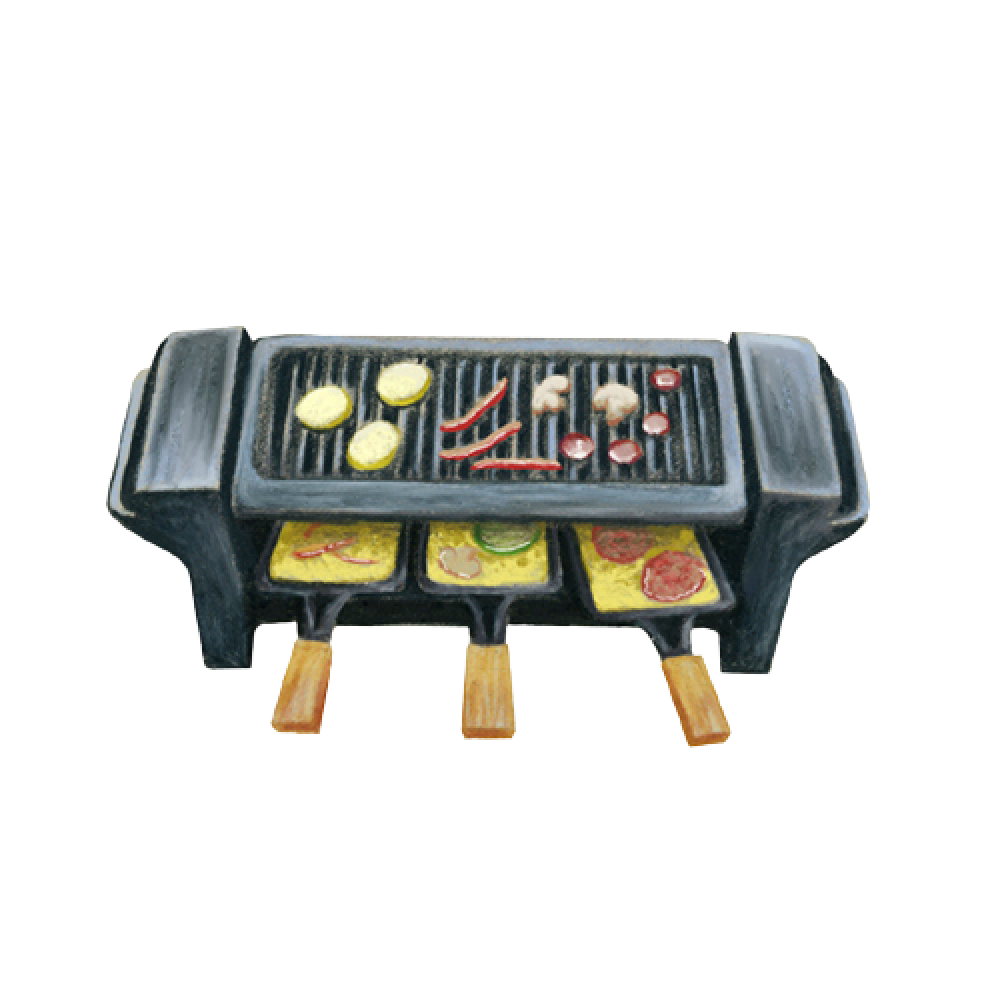
RACLETTE
Long before it took over social media, raclette was an outdoor meal in Valais, Switzerland, for farmers who would place half a wheel of a semi-hard cow’s milk cheese called raclette next to a campfire. Once it melted, they scraped it over potatoes, bread, vegetables, pickled onions or other accompaniments. Cast-iron spatula-like tools were later made for the task. Modern electric tabletop versions have two tiers, a lower one for melting the cheese and an upper one for grilling other ingredients.
HUǑGUŌ
With a name meaning “fire pot,” this large brass tureen is the traditional vessel for making Chinese hot pot. Hot coals loaded into the base heat seasoned broth in a “moat” that surrounds a tapered central chimney. Variations abound, but generally in southern China, seafood and vegetables simmer in a broth spiced with Sichuan peppercorns. In the north, thinly sliced meats and milder broth are the focus. After all ingredients are cooked and eaten, noodles are thrown in to make soup from the remaining flavorful broth.
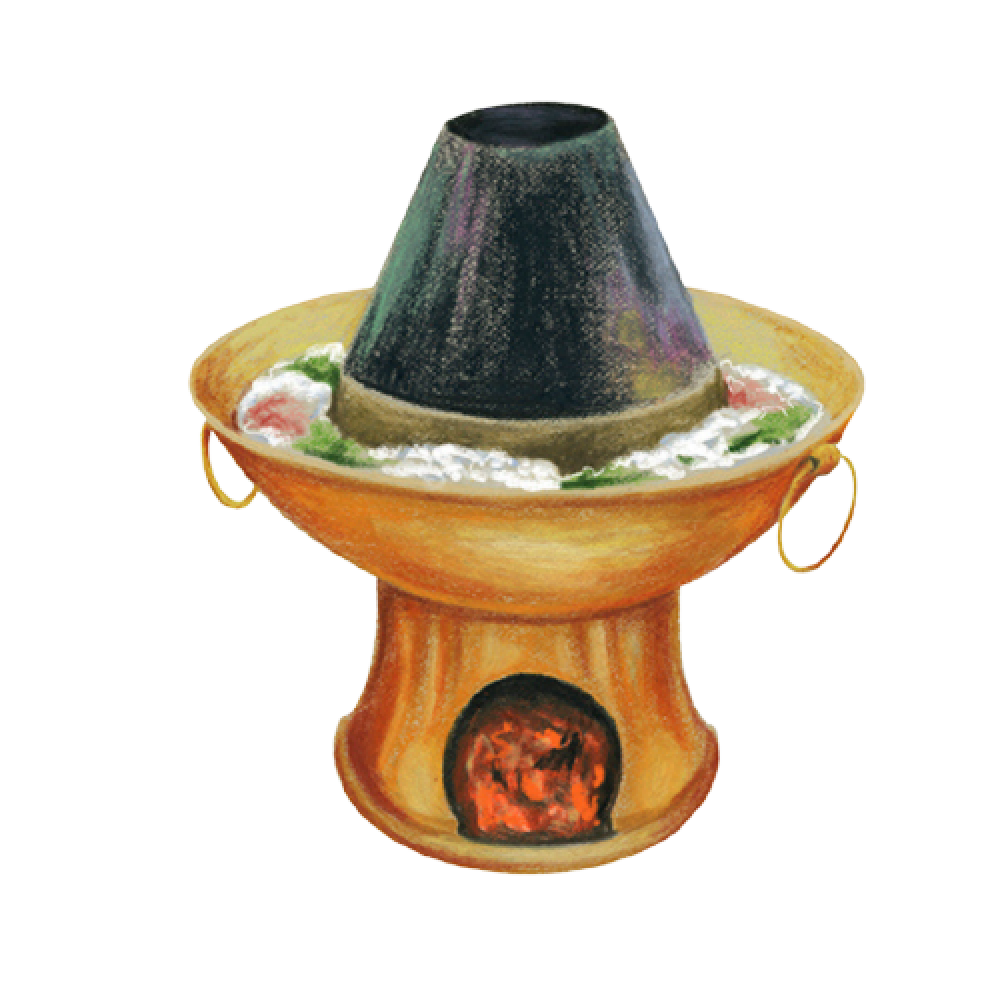
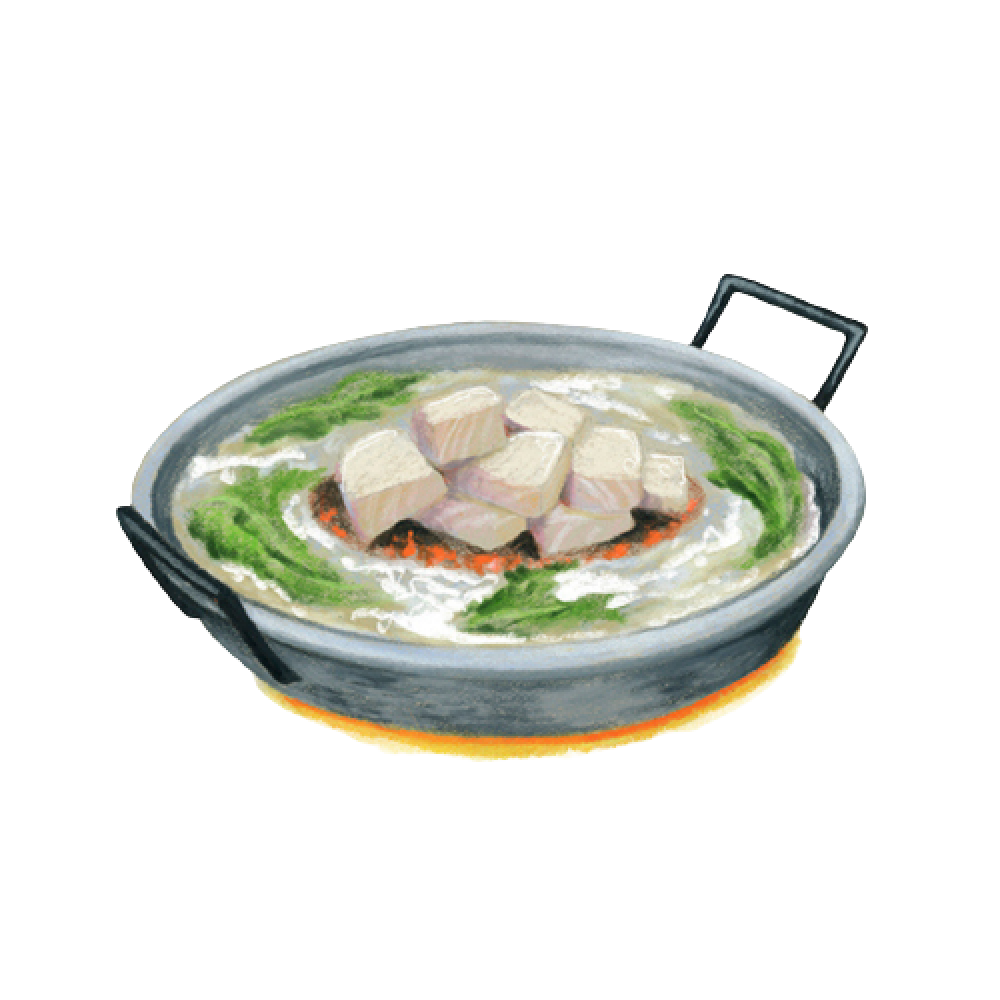
SUKIYAKI
Sukiyaki entered Japanese cuisine when beef arrived in the mid-1800s near the end of the Edo period. Today, it often is a special occasion meal centered on pricey wagyu. Some versions are similar to Chinese hot pot, but when prepared in the Kansai style, the meat is seared with soy sauce and sugar in a shallow cast-iron pan set over a butane burner. Then scallions, cabbage, shiitake or bitter greens are cooked, perhaps with a little water, mirin or sake. All ingredients are dipped into beaten raw egg after cooking.
MU KRATHA
Though the name means “skillet pork,” mu kratha (sometimes spelled mookata) also can involve beef, tofu or seafood. Originating in Thailand but also common in Indonesia, Malaysia, Singapore and the Philippines, the thin aluminum pan has a grooved dome in the center for cooking the meat (which usually is marinated), while other ingredients cook in the soup, similar to Chinese hot pot.
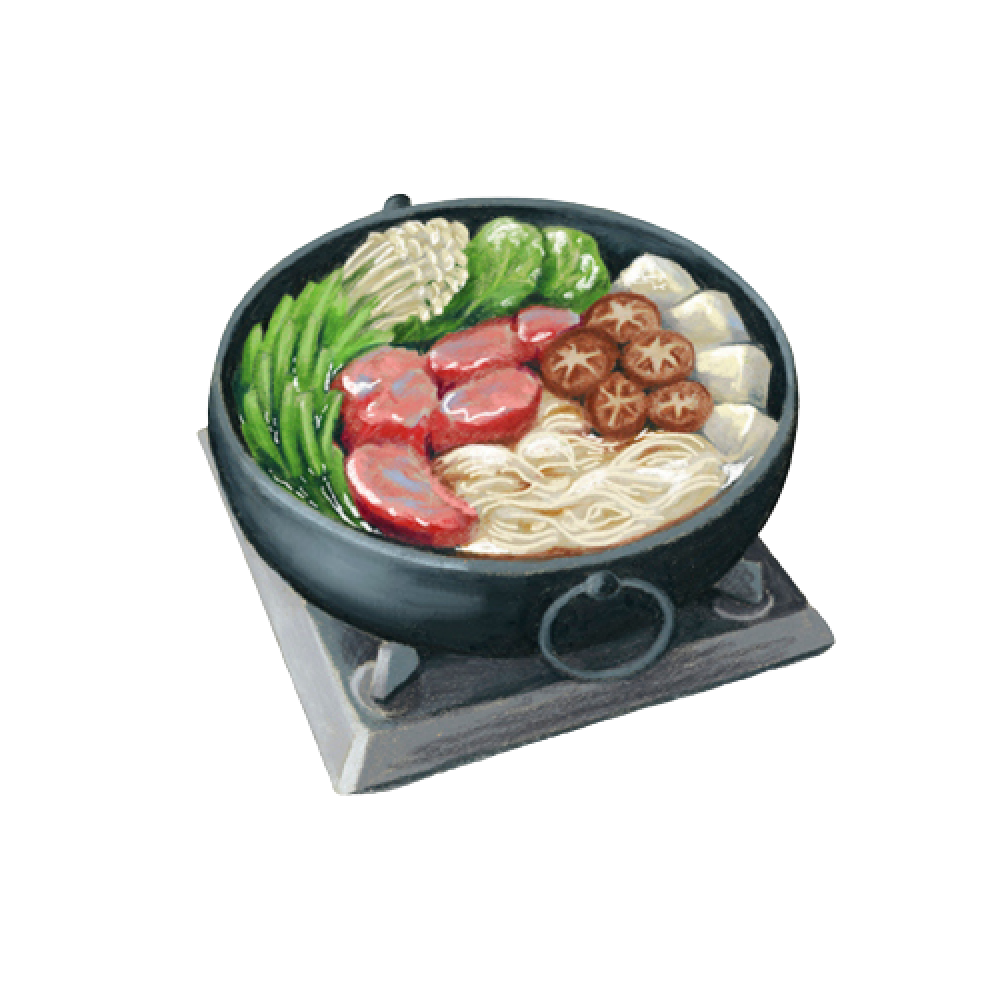
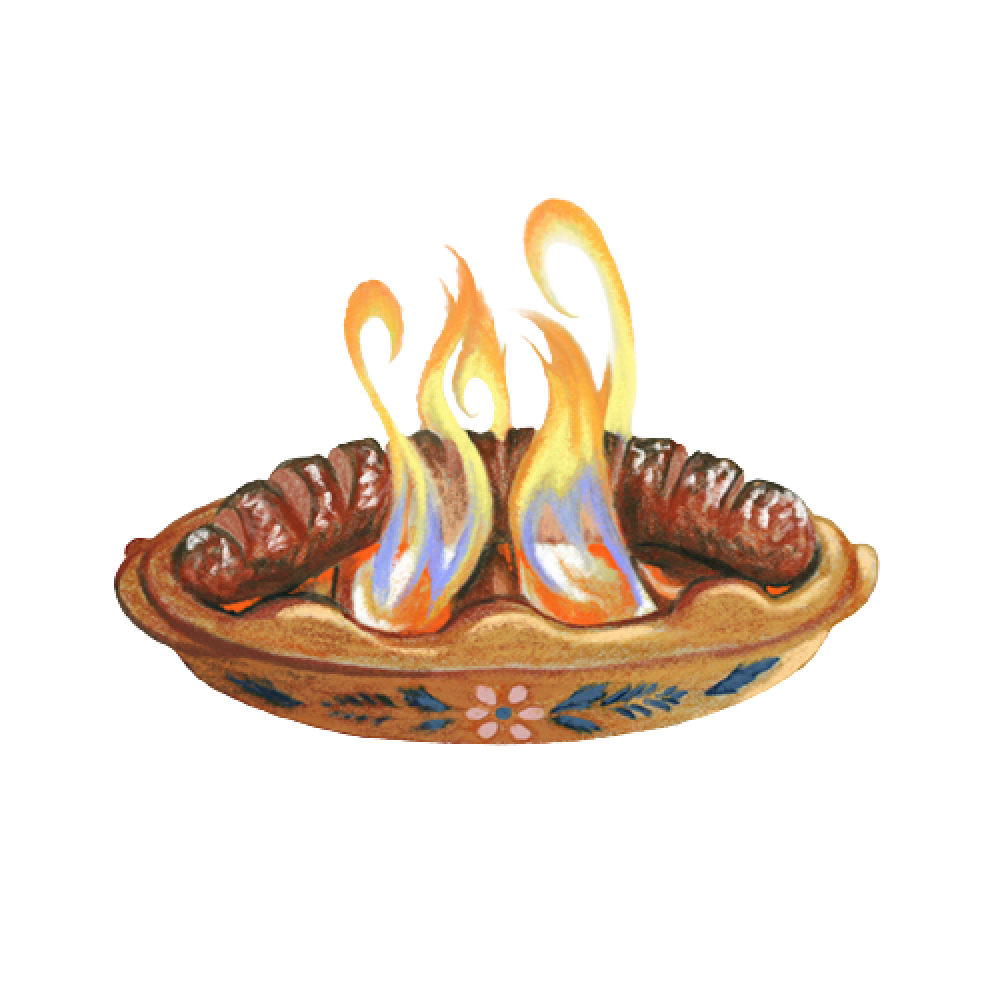
ASSADOR
In Portugal, a flaming pig is not uncommon on the table. These glazed clay assadores, shaped like boats or pigs, have parallel bars across the width to suspend chouriço, linquiça or other pork sausages above the bottom. Though the sausages already are cured, alcohol in the base—aguardiente, ethanol or sometimes whiskey—is ignited to char the links until the edges become crispy.







